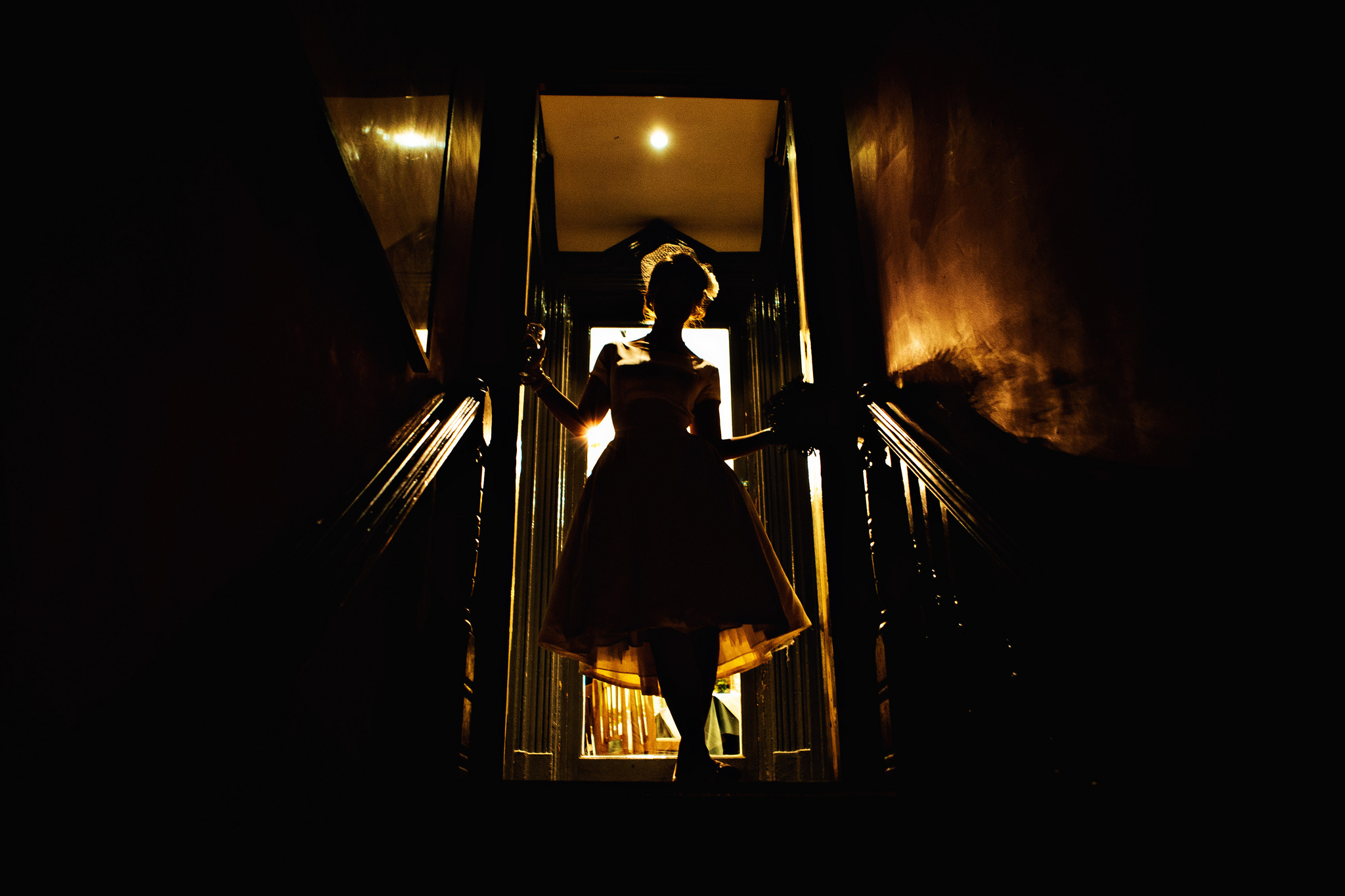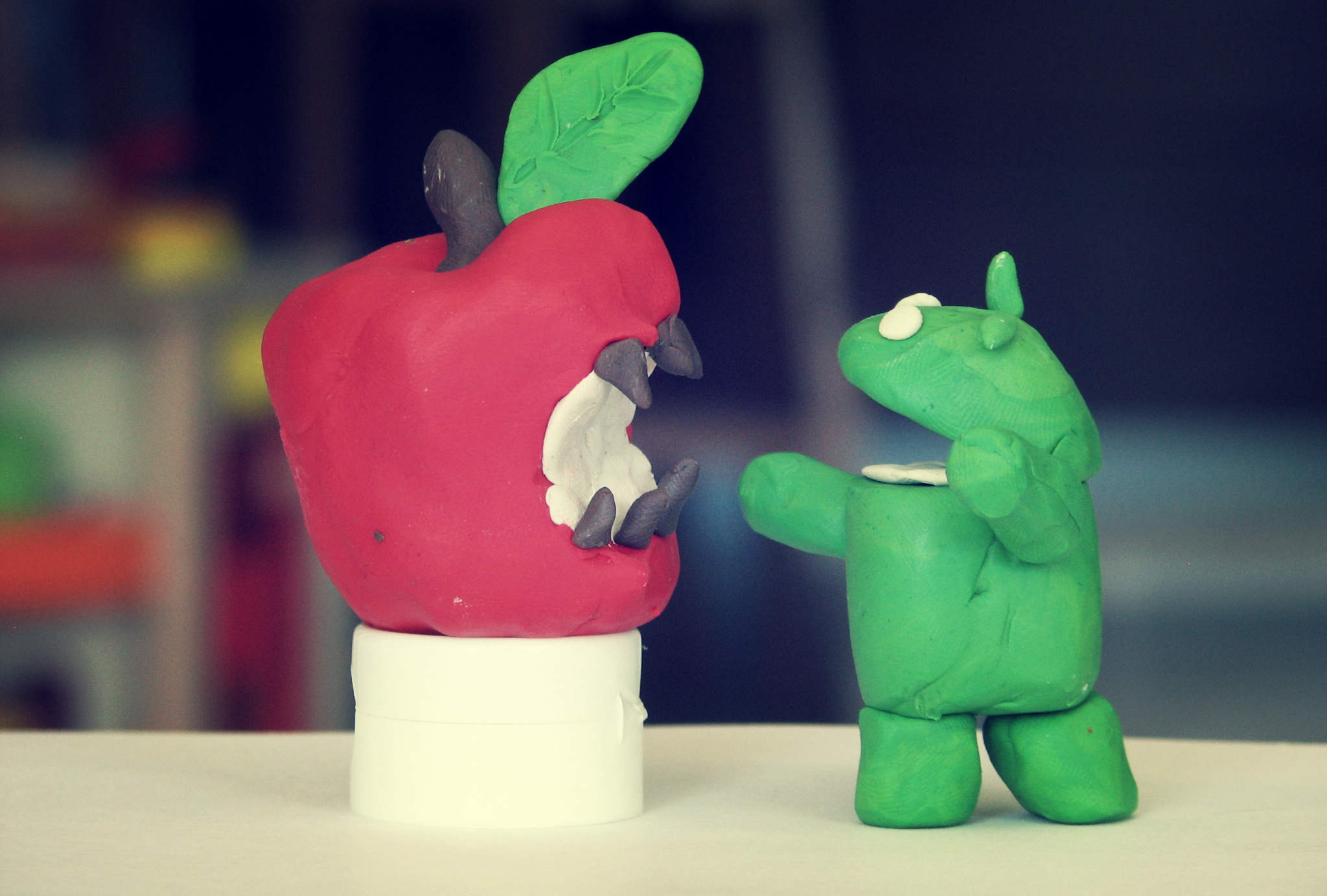I discovered photographer Wes Peck while searching for art to illustrate post “Where are the Comments?” His primary focus: Objects. But behind each photo is a learning exercise, as he reveals in contextual captions. His Flickr stream is rich with learning-teaching lessons that extend beyond the story each image tells to the one behind.
Today’s selection is no exception and presents back-to-back snow photos (see Day 41 for the other). Forgive the indulgence. This is February, and I grew up in Northern Maine—where the white precipitation is visible six months (or more) a year.











